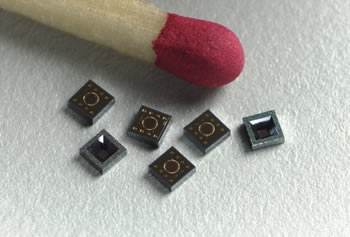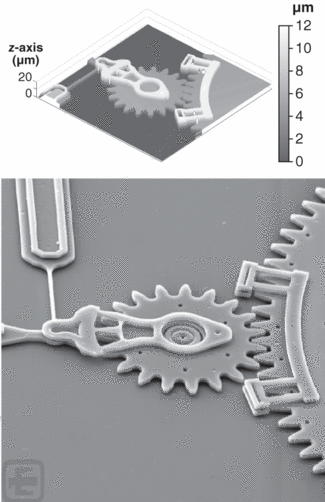Micro-worms used for Continuos monitoring in Healthcare:A Revolution
Researchers at MIT and Northeastern have come up with a new system for monitoring biomedical indicators — such as levels of sodium or glucose in the blood — that could someday lead to implantable devices that would allow, for example, people with diabetes to check their blood sugar just by glancing at an area of skin. A number of researchers have developed microparticle-based systems — hollow, microscopic particles filled with specific chemicals — for monitoring biomedical conditions or for the selective delivery of drugs to certain organs or areas of the body. But one drawback of these systems is that the particles are small enough to be swept away from the initial site over time. The new system involves a different kind of microparticle that can avoid this problem. While traditional particles are spherical, the new particles are shaped like long tubes. The tubes’ narrow width, which is comparable to that of the previously studied microparticles, keeps the tubes’ contents in close proximity to blood or body tissue, making it easy for the particles to sense and respond to chemical or other conditions in their surroundings. The tubes’ relatively greater length keeps the tubes very well anchored in place for long-term monitoring, perhaps for months on end. The particles eventually could be used to monitor the glucose levels of diabetics or the salt levels of those with a condition that can cause swings in blood salt concentrations.


